
-
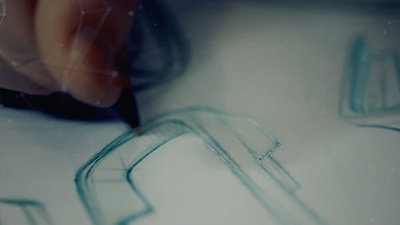
-
Popular FAQs About NPD(New Product Development)|Rapid prototyping servicesNew Product Development, also known as NDP, is the process of transforming an idea into a viable software product. The p...
-
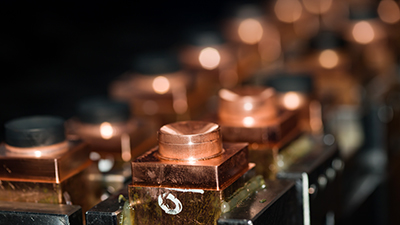
-
Mastars|Common methods of prototype processing in industrial product designPrototype is the first step to verify the feasibility of product design. Mastars' rapid prototyping service can provide ...
-
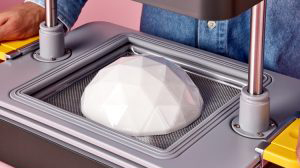
-
Mastars: What is Vacuum Forming?A sheet of plastic is heated to a melting point, stretched over a single-surface mould, and pressed against the mould by...
-
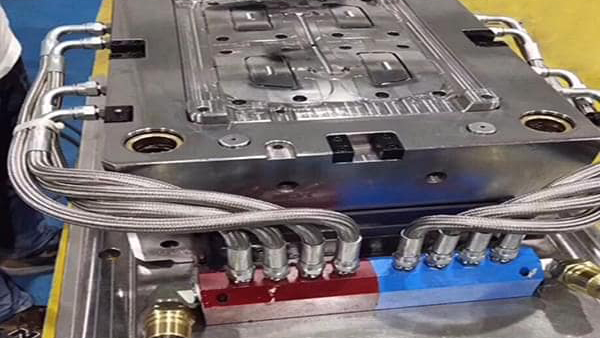
-
Mastars: Everything About Cooling System for Injection MoldingThe injection mold cooling service dissipates the molding heat evenly. It would help if you had a fast cooling to get an...
-
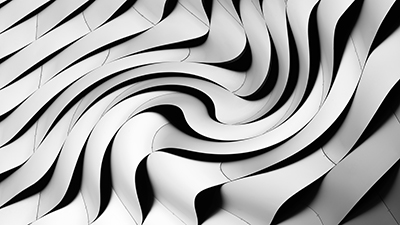
-
Mastars|Full Guidelines for Efficient Sheet Metal Design|sheet metal prototypingSheet metal process is one of the common processes used by mastars for rapid prototyping services. The sheet metal desig...
-
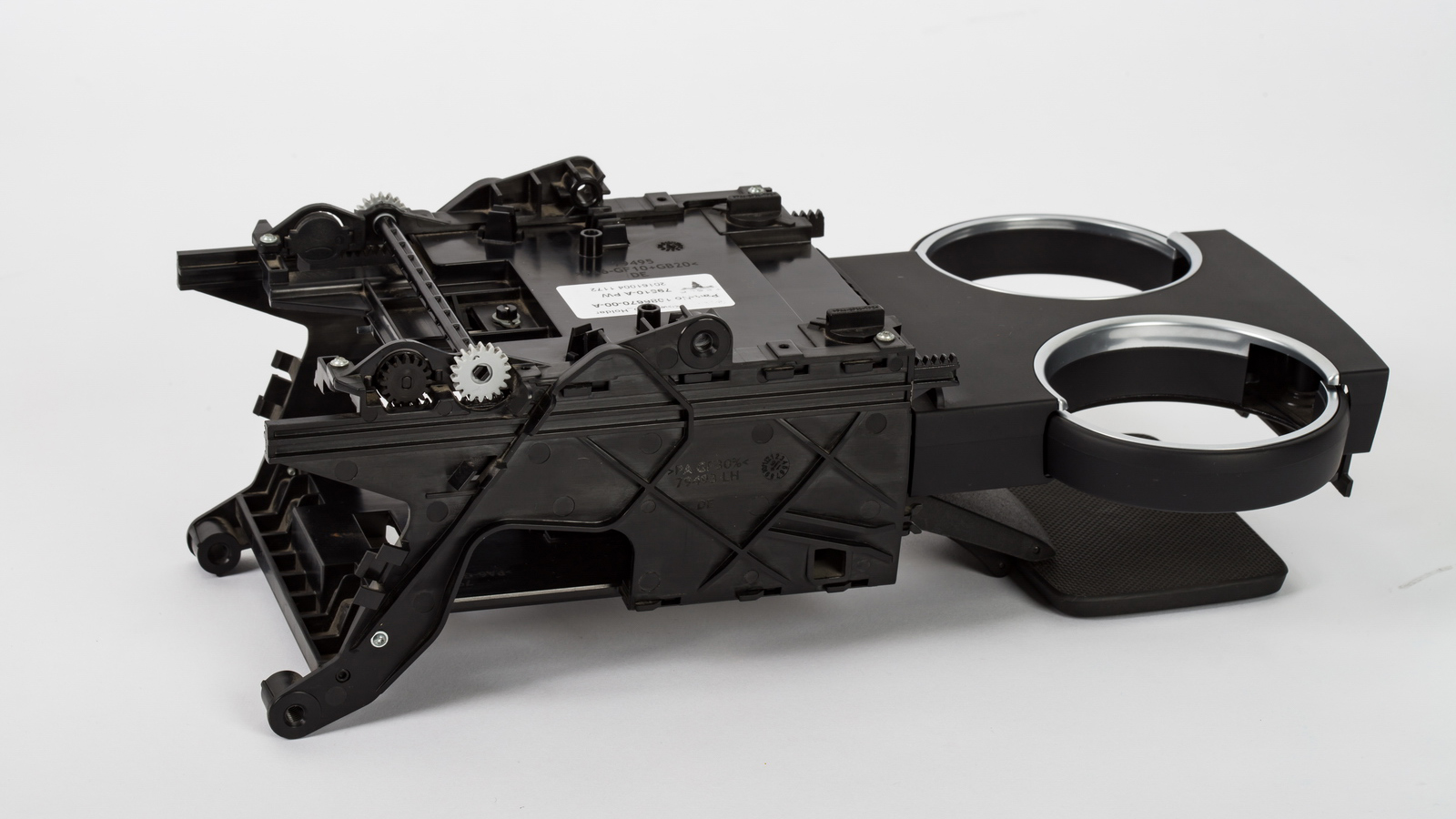
-
Mastars: What is rapid prototyping technology manufacturing and its characteristWith the competition in the manufacturing industry is fierce, and the speed of product development has increasingly beco...
-
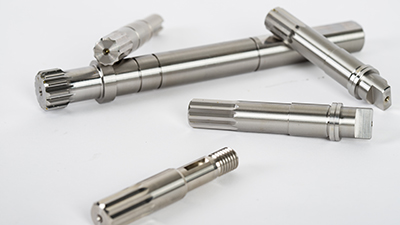
-
Full Guide for Selecting the Right CNC Material|MastarsYou must know that CNC technology is highly repeatable and accurate and offers a better manufacturing process for the pr...
-
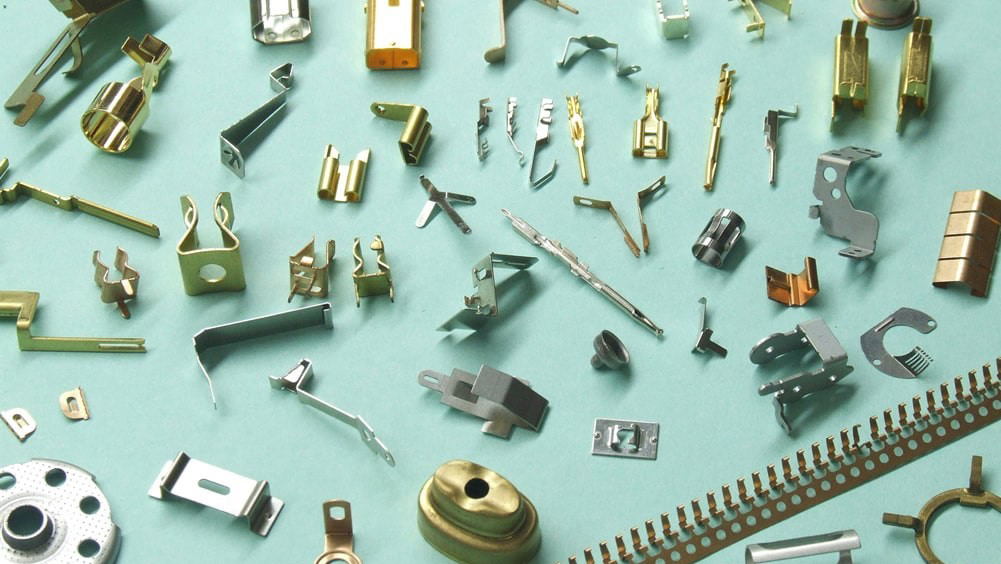
-
Mastars|2022 Full Guide for Metal Parts ManufacturingMetal fabrication is the process of fabricating metal by twisting and assembling the pieces. Sprinkler pivots, jet engin...
-
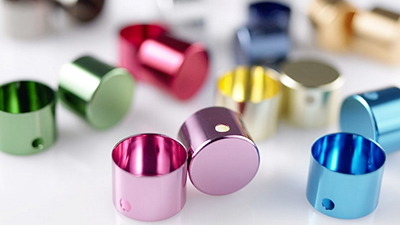
-
Mastars|What is the basic aluminum anodizing process?|CNC machiningAnodizing is an electrochemical process for the passivation of aluminum. This process is difficult to compare with any o...
Contact us
- Building 6 , Blue Sky Industrial Park, Ditang Road, Shajing Town, Shenzhen City,Guangdong, China (518104)
- marketing@mastars.com
What parts can CNC turning make?
How did people perform the shaping of materials before the advent of precision engineering? Human operators had to work hard manually to shape materials such as metal and plastics. Because of imprecise measurements and lower quality, many errors used to occur those days. Today, components can be manufactured according to the exact specifications with meticulous precision. Thanks to the advancements in computer technology. It is hard to find a better method in the precision engineering industry than Computer Numerical Control (CNC) Turning. There is an increasing demand for CNC turning parts nowadays.
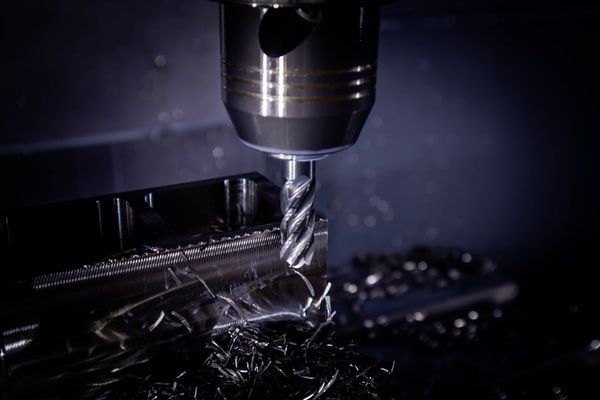
What Is CNC Turning?
As mentioned above, CNC refers to Computer Numerical Control. CNC turning is a subtractive machining process that utilizes a cutting device to remove material for making cylindrical components. When the part rotates, the tool moves along the machined part's axis to create a helical tool path.
Computerized systems control the machinery when it comes to turning parts on a CNC mill. A digital code works as the input. All actions, including tool movements, spinning speed, and coolant functioning, are controlled by a computerized system.
Four steps involved with the CNC turning process
Let us discuss a bit more about the CNC turning process. There is nothing complicated about the cutting process. What are the steps to be followed when it comes to making CNC turning parts?
First step
The process starts with the task of creating a CAD file. That is to say, you need to make a digital representation of the component or part in CAD. It can be done in two different ways. You can utilize a CAD program to create files before sending them into production.
The second option available is to utilize CAD-CAM software which allows the design engineer to check the producibility of the part. The entire process can be visualized with the help of advanced simulation tools.
Second step
The next step is to create the machining code from the CAD files. The manufacturing engineer creates the G code and the M code.
Third Step
Now, you have to set up the CNC lathe. The machine operator has a role to play during this phase. The CNC lathes almost perform most of the work automatically. However, the intervention of the operator is also needed here.
CNC machining can invite serious danger. The operator has to ensure that the power switch is off. The component is held by the chuck during the whole process. So, securing the part into the chuck is a task that deserves maximum vigilance. Improper loading may invite unwanted danger. It may also create a finished component with incorrect dimensions.
CNC turning involves many tasks. The operator must select the most suitable tool for a specific finish. That is to say, loading the tool turret is a very task. Calibration is another task that the operator should be careful about. Any mistake will not fulfill the exact demands. The last thing the operator should pay attention to is uploading the code into the machine.
CNC turning uses many different types of lathes. Each one comes with its own advantages. You can find them highly suitable for various projects. The most common lathes you can come across in precision engineering workshops are horizontal CNC lathes, vertical CNC lathes, horizontal turning centers, and vertical turning centers.
Horizontal CNC lathes hold the part from the side. They are one of the most commonly used machines in CNC turning. Vertical CNC lathes get hold of the workpiece from the bottom and turn it in circles rapidly while staying in one spot.
What about Horizontal turning centers? They are known as enclosed CNC lathes that come with integrated milling and drilling capabilities. These lathes are also capable of including things such as coolant flooding and conveyor belts. Vertical turning centers are a perfect blend of a CNC mill and a horizontal turning center.
Fourth Step
Finally, you can perform the manufacturing of the turned parts or components. A hexagonal profile is the most efficient way to get the best results. You may need one or more cycles based on the complexity of the part. The total time taken is determined by cycle time calculations. Four factors constitute a turning cycle time, loading time, cutting time, idle time, and tool lifetime.
What CNC Turning Parts can be Made?
CNC Turning can be termed as a highly versatile manufacturing process. It has been extensively used in the engineering, aerospace, and automotive industries nowadays. However, this manufacturing process is also utilized to create objects such as ornaments and pieces of art.
The most commonly produced CNC turning parts can be classified into 3 general categories, metal components, acrylic components, and electronic components.
MIG
Turning parts on a CNC mill that are made from metal are primarily utilized in the automotive industry. Components can be manufactured from materials like aluminum, brass, and steel.
Aluminum components: Aluminum components are strong and lightweight as well. Many high-tech industries are making the best use of these products. You can utilize aluminum for a wide variety of applications. Thanks to their admirable resistance to corrosion.
Brass components: The most common use of brass components is in the hardware and electrical contacts industries. They are also widely used in many other commercial products. High affordability can be associated with these products. The machining of these components is extremely easy.
Steel components: Steel CNC turning parts are highly renowned for their cost-efficiency and robustness. However, these components are a bit more expensive compared to aluminum parts. The automotive and aerospace industries use steel parts on a large scale.
Acrylic Components
The versatility of modern acrylic components is highly laudable. You can use them for a wide array of CNC turning parts. Acrylic turning parts on a CNC mill range from company logos and signage to advanced components for microfluidic devices. These components are also widely used to make ornaments and works of art for home offices.
Electronic Components
The manufacturing process of printed circuit boards utilizes CNC turning on a large scale. The electronic efficiency of these components is highly appreciable. Thanks to the admirable accuracy provided by computer-aided manufacturing.
Popular Applications for CNC Turning Parts
CNC turning brings many advantages. The most remarkable benefits include reduced time for manufacturing, enhanced production efficiency, lowered labor intensity, a high degree of automation, better precision production level, improved consistency of machined components, and lower maintenance. Further, CNC turning lets you make components of any dimension, size, and shape.
These benefits have increased the demand for turning parts on a CNC mill. They are widely used in a myriad of industries. Several industries are looking for precision machined parts to make instrument fabrication and operation more efficient. Let us explore the most popular applications of CNC turning components.
Automobile industry applications
The automotive industry relies heavily on CNC turning components of various sizes and specifications nowadays. The ever-increasing demands of the automotive industry are efficiently met by CNC parts. The best examples are sensor metal shell, pipe joint, pressure sensor housing, temperature sensor housing, valve housing, hydraulic valve, low pass filter shaft, and throttle control shaft.
Aviation industry applications
CNC turning components are highly essential for the aviation industry. These parts offer excellent safety to the aircraft engine, body, and other segments. The best examples of CNC parts include fasteners, joint connectors, hollow shafts, covering shafts, and many more customization options.
Mechanical industry applications
All machine components used in the mechanical industry have to fulfill specific technical specifications. CNC turning parts increase the efficiency of the machinery or equipment in the mechanical industry. The most popular CNC products include eccentric shafts, screws, couplers, house joint pipes, hydraulic fittings, pneumatic fittings, shaft sleeves, connector joints, conductive pins, fasteners, empty metal cans, and motor shafts.
Electronics industry applications
There is a continuous demand for CNC turning components in the electronics industry. These parts make sure that electronic devices work with admirable efficiency, reliability, and consistency. The most popular choices are test tooling, bushes, probes, pivot pintles, conductive pins, contact pins, aluminum tubes or pipes used for electronic cigarettes, and many other accessories.
Military applications
CNC components applications in the military and defense industry have a long history. With impeccable accuracy and uniformity, CNC parts meet a wide array of military and defense needs. Some examples include rotables, airframe parts, engine components, avionics/instruments, expendables, consumables, spacers, and screws.
Medical industry applications
The medical industry utilizes many turning parts on a CNC mill to shape various components according to exact specifications. CNC turning creates the most suitable angle and other dimensions to meet unique needs. The main CNC products used in the medical and dental industry include analysis instrument parts, R&D fixtures, processing machinery replacement and spare parts, testing machine parts, and medical tooling mold components.
Other industry applications
Many other industries such as hunting, fishing, jewelry, transportation, oil and gas, construction, food and beverage, and agriculture also use CNC turning components nowadays.
The demand for computer numerical control (CNC) turning parts has increased manifold these days. As a highly versatile manufacturing process, CNC turning allows you to manufacture components for various industries with impeccable precision to meet the exact specifications. It reduces the manufacturing time considerably. Further, this process takes efficiency, longevity, and consistency to the next level.
Mastars are principally engaged in the manufacture of plastic/metal parts business including automotive, industrial and moulds. As manufacturing expertise in China, we provide philosophy, customers benefit from our unique blend of philosophy, customers benefit from our unique blend of quality, reasonable cost, integrated services and flexibiliy.
【Editor】:Mastarsall rights reserved:https://www.mastars.comPlease indicate the source







